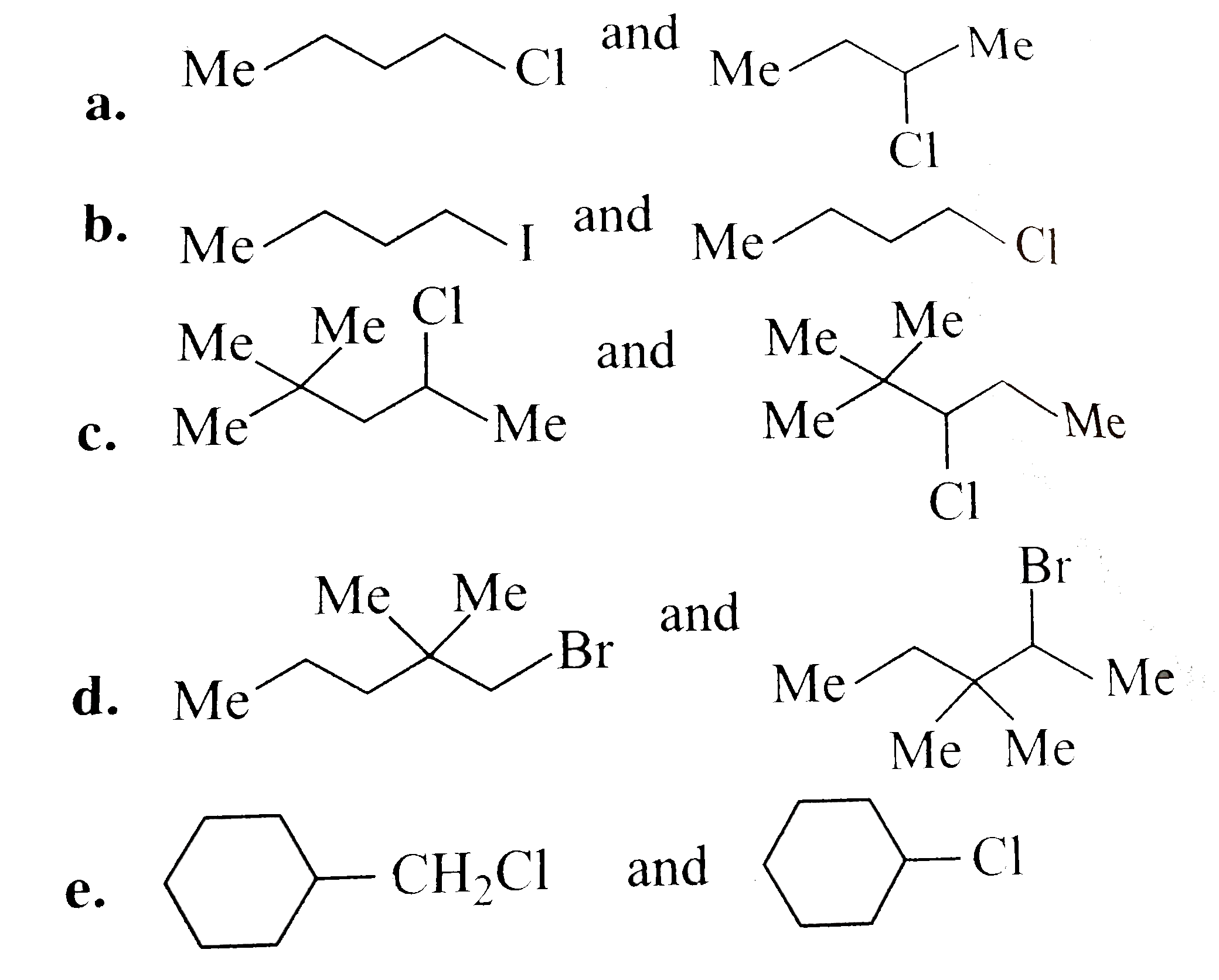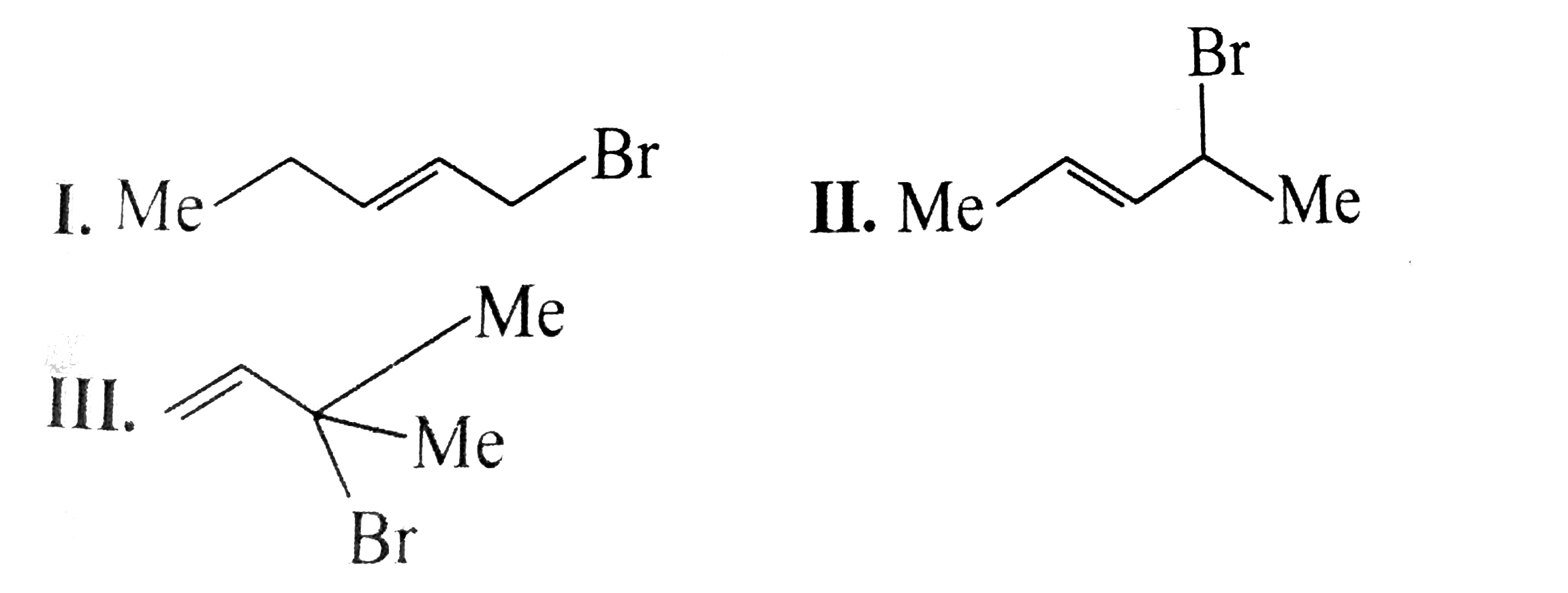Which one of the following will increase the voltage of the cell ? (T=298K)
Sn+2Ag+→Sn2++2Ag.
increases in the size of silver rod
increases in the concentration of Sn+2 ions
increases in the concentration of Ag+ ions
none of the above
The correct Answer is:C
To determine which option will increase the voltage of the cell for the reaction:
Sn+2Ag+→Sn2++2Ag
we will use the Nernst equation, which is given by:
Ecell=E∘cell−0.0591nlog((products)(reactants))
where:
- Ecell is the cell potential,
- E∘cell is the standard cell potential,
- n is the number of moles of electrons transferred in the reaction,
- (products) and (reactants) are the concentrations of the products and reactants, respectively.
Step 1: Identify the number of electrons transferred
In the given reaction, Sn is oxidized to Sn²⁺ and 2 Ag⁺ ions are reduced to Ag. Therefore, the number of electrons transferred n is 2.
Step 2: Write the Nernst equation
Using the Nernst equation:
Ecell=E∘cell−0.05912log((Sn2+)(Ag+)2)
Step 3: Analyze the effect of changing concentrations
- Option A: Increase in the size of the silver rod - This does not affect the concentration of Ag⁺ ions in the solution, hence it will not change the voltage.
- Option B: Increase in the concentration of Sn²⁺ ions - If we increase (Sn2+), the fraction (Sn2+)(Ag+)2 will increase, leading to an increase in the logarithm value. This will decrease Ecell since it is subtracted from E∘cell.
- Option C: Increase in the concentration of Ag⁺ ions - If we increase (Ag+), the denominator (Ag+)2 increases, which decreases the fraction (Sn2+)(Ag+)2. This leads to a decrease in the logarithm value, which in turn increases Ecell since it is subtracted from E∘cell.
Conclusion
The correct answer is Option C: Increase in the concentration of Ag⁺ ions, as this will increase the voltage of the cell.
---
- Ecell is the cell potential,
- E∘cell is the standard cell potential,
- n is the number of moles of electrons transferred in the reaction,
- (products) and (reactants) are the concentrations of the products and reactants, respectively.
In the given reaction, Sn is oxidized to Sn²⁺ and 2 Ag⁺ ions are reduced to Ag. Therefore, the number of electrons transferred n is 2.
Using the Nernst equation:
- Option A: Increase in the size of the silver rod - This does not affect the concentration of Ag⁺ ions in the solution, hence it will not change the voltage.
- Option B: Increase in the concentration of Sn²⁺ ions - If we increase (Sn2+), the fraction (Sn2+)(Ag+)2 will increase, leading to an increase in the logarithm value. This will decrease Ecell since it is subtracted from E∘cell.
The correct answer is Option C: Increase in the concentration of Ag⁺ ions, as this will increase the voltage of the cell.
Topper's Solved these Questions
- BOOK - ALLENCHAPTER - ELECTROCHEMISTRYEXERCISE - EXERCISE-0235videos
ELECTROCHEMISTRY
- BOOK - ALLENCHAPTER - ELECTROCHEMISTRYEXERCISE - EXERCISE-0324videos
ELECTROCHEMISTRY
- BOOK - ALLENCHAPTER - ELECTROCHEMISTRYEXERCISE - INTEGER TYPE18videos
ELECTROCHEMISTRY
- BOOK - ALLENCHAPTER - CHEMISTRY AT A GLANCEEXERCISE - ORGANIC CHEMISTRY472videos
CHEMISTRY AT A GLANCE
- BOOK - ALLENCHAPTER - HYDROCARBONEXERCISE - MCQ15videos
HYDROCARBON
Similar Questions
Which of the following will increase the voltage of the cell?
Sn(s)+2Ag+(aq)→Sn2+(aq)+2Ag(s)View SolutionWhich one of the following condition will increase the voltage of the cell represented by the equation?
Cu(s)+2Ag+(aq) (Cu2+(aq)+2Aq(s)View SolutionWhich of the following are SN2 reactions ?
View SolutionWhich of the following will give SN2 mechanism?
View SolutionOf the following pairs, which is the faster SN2 reactions ?
 View Solution
View SolutionBalance the following equations
a. Fe2++Sn+2→Sn4++fe2+View SolutionWrite the cell reaction and calculate the e.m.f. of the following cell at 298 K :
Sn(s) ∣∣Sn2+(0.004M)∣∣∣∣H+(0.020M)∣∣H2(g) (1 bar )| Pt(s)
(Given E∘Sn2+/Sn=−0.14V).View SolutionCalculate the EMF of the cell in which the following reaction takes place :
Ni(s)+2Ag⊕(0.002M)→Ni2+(0.160M)+2Ag(s)View SolutionWhich of the following halides will be most reactive in SN2 reaction and SN1 reaction respectively?
 View Solution
View SolutionWhich of the following compounds gives SN1,SN2 and SN2 mechanisms?
View Solution

